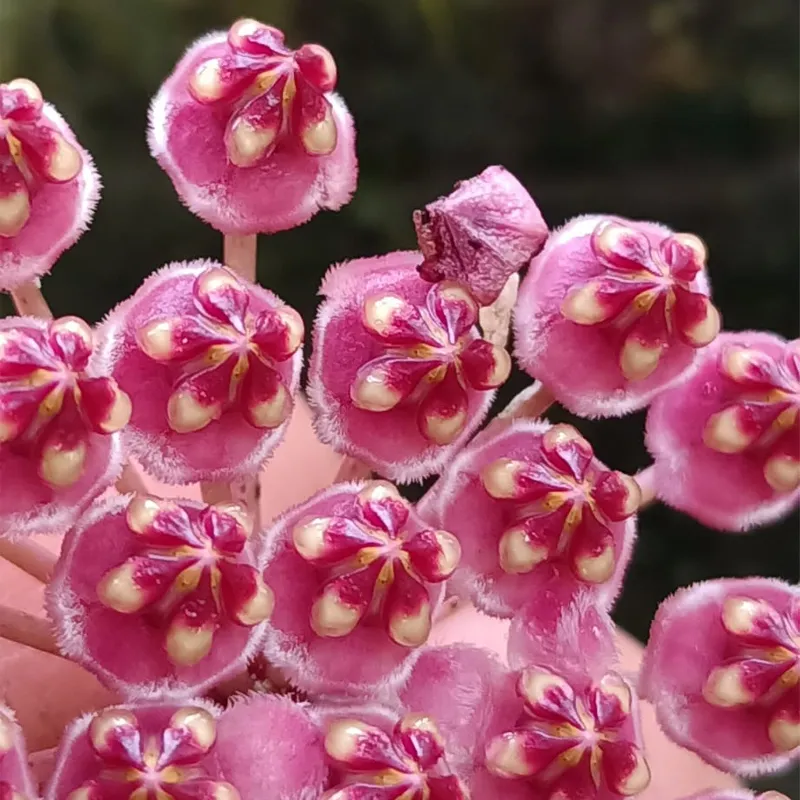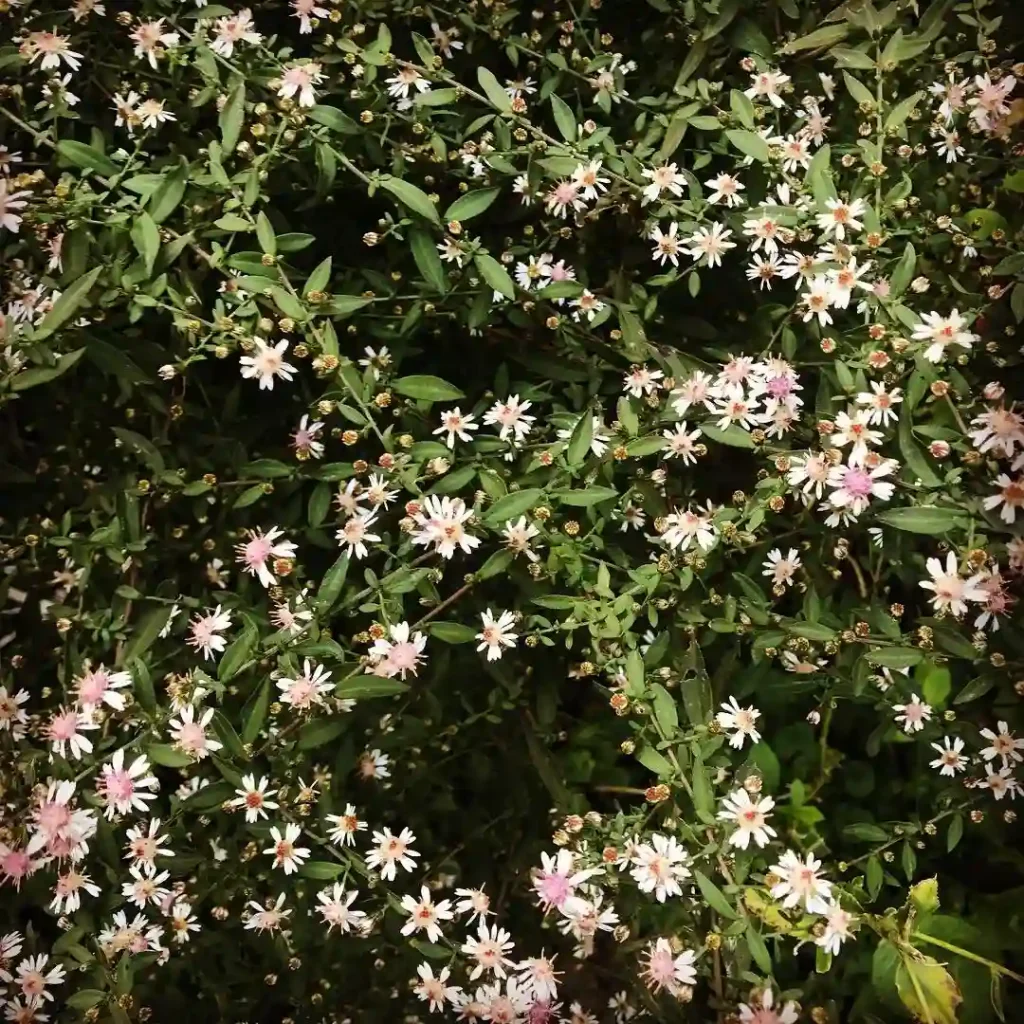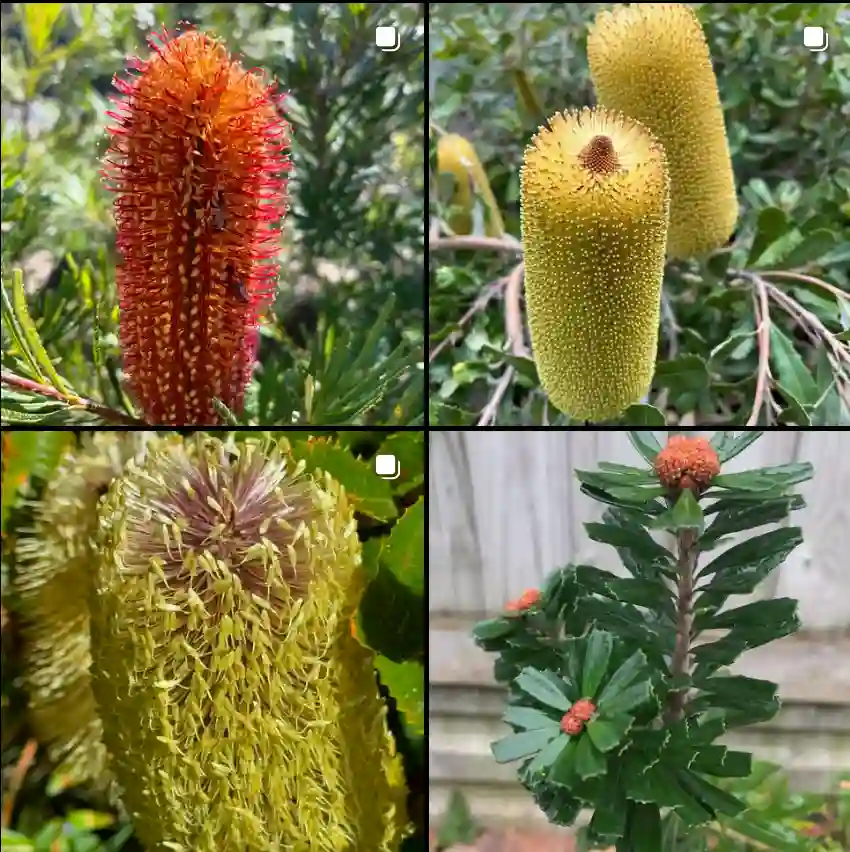Exploring the Penthoraceae Family: A Deep Dive into Penthorum
As a passionate plant enthusiast, I find myself constantly drawn to the diverse world of botany. Among the myriad families that pique my interest, the Penthoraceae family stands out, particularly the genus Penthorum. This unique family, often overlooked, holds fascinating characteristics and ecological significance that deserve exploration. Join me as I delve into the intriguing world of Penthoraceae and its sole genus, Penthorum.
Understanding the Penthoraceae Family
Penthoraceae is a small family of flowering plants, primarily recognized for its singular genus, Penthorum. This family is endemic to North America, showcasing an array of habitats ranging from wetlands to marshy areas. The plants in this family are often characterized by their unique floral structures and adaptability to various environmental conditions.
The name Penthoraceae derives from the genus name, Penthorum, which translates to “five openings,” referring to the structure of the fruit. This family consists of perennial herbaceous plants that thrive in moist conditions. The ability of these plants to grow in challenging wetland ecosystems is a testament to their resilience and adaptability.
The Genus Penthorum
Within the Penthoraceae family, the genus Penthorum is comprised of a few species, the most notable being Penthorum sedgewickii, commonly known as the Mud Plantain. This species is native to the eastern United States and Canada, where it typically inhabits wet meadows, marshes, and stream banks.
One of the standout features of Penthorum is its distinctive leaf structure. The leaves are lanceolate and can grow quite large, often reaching up to 30 centimeters in length. This morphology allows the plants to efficiently capture sunlight while thriving in shaded environments typical of their native habitats.
The flowering phase of Penthorum is equally fascinating. The inflorescences are small, greenish-yellow clusters that emerge in late summer, adding subtle beauty to their surroundings. These flowers attract a variety of pollinators, including bees and butterflies, making them a crucial part of the local ecosystem.
Ecological Importance
As I explored the ecological significance of Penthorum, I discovered that these plants play a vital role in their environments. They contribute to soil stability in wetlands, helping to prevent erosion and maintain water quality. The extensive root systems of Penthorum species help filter pollutants and improve the overall health of aquatic ecosystems.
Additionally, Penthorum provides essential habitat for various wildlife species. Birds, insects, and other organisms rely on the dense foliage for shelter and food. As a plant lover, it excites me to think about how such a seemingly humble plant can support a vibrant community of life.
Cultivation and Uses
Cultivating Penthorum in a garden setting can be rewarding. These plants prefer full sun to partial shade and thrive in consistently moist soils. I find that they can make excellent additions to rain gardens or naturalistic landscapes, where their lush foliage and subtle blooms can shine.
In recent years, there has been growing interest in using Penthorum for ecological restoration projects. Their ability to thrive in wetland conditions makes them ideal candidates for stabilizing disturbed sites and restoring native plant communities. As I engage with other plant enthusiasts, I’m often amazed by how versatile these plants can be, serving both aesthetic and ecological functions.
Challenges and Conservation
Despite their resilience, Penthorum species face challenges due to habitat loss and climate change. Wetland areas are among the most threatened ecosystems, and the loss of these habitats directly impacts the survival of Penthorum. Conservation efforts are essential to protect these plants and the ecosystems they support.
I believe that raising awareness about the Penthoraceae family and its significance is crucial for conservation. Educating others about the importance of wetlands and the species that inhabit them can foster greater appreciation and action toward preserving these vital ecosystems.
Conclusion
The Penthoraceae family and its sole genus, Penthorum, may not be household names in the botanical world, but they are treasures of nature that deserve recognition. From their unique adaptations to their crucial ecological roles, these plants captivate my interest and inspire my passion for botany. Whether you’re a seasoned plant enthusiast or a casual observer, I encourage you to explore the wonders of Penthorum and appreciate the beauty and importance of this remarkable family.
In my journey through the world of plants, I’ve learned that every species, no matter how obscure, has its own story and significance. As we work together to protect our planet’s biodiversity, let us not forget the value of families like Penthoraceae in the tapestry of life.
If i die, water my plants!



